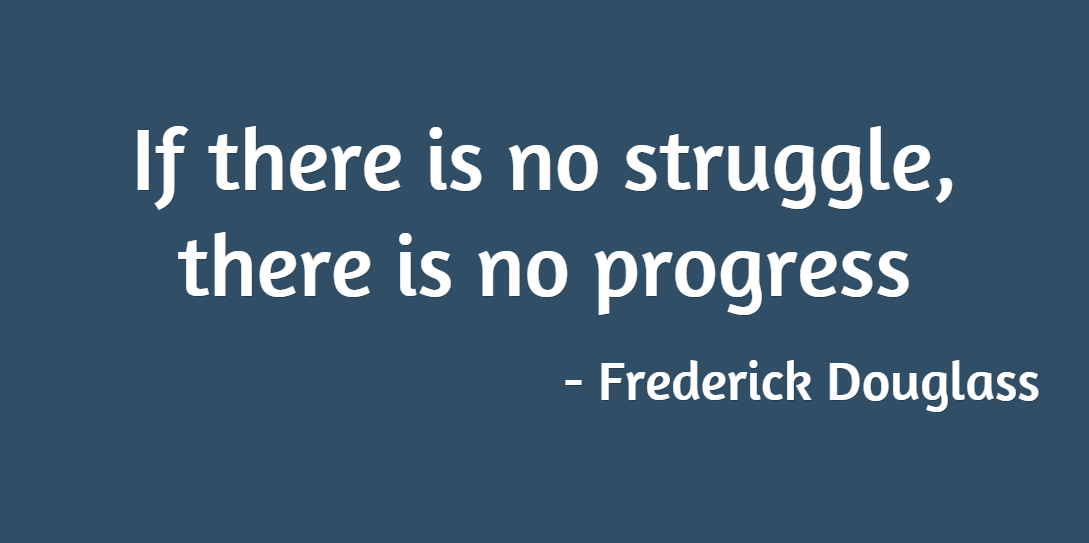During our summer meetings, senior administration reviewed the book Pope Francis: Why He Leads the Way He Leads by Chris Lowney. Because of the richness of the book, we decided to go deeper in our review and engage in a monthly discussion, chapter by chapter. I have a good understanding of this book since I presented on it at our Division PD Day and will be presenting on this same theme at the uLead Conference next week. But each time I re-read a section, there is always something new that strikes a chord and causes me to further reflect.
One of the quotes in the book is from Nelson Mandela:
“My greatest enemy was not those who put or kept me in prison. It was myself. I was afraid to be who I am.”
Not until the discussion around the SALT table did this quote finally impact me…being afraid to be who I am! Most people see me as very passionate about what I do but all in all, pretty mellow. I don’t appear to get overly excited when things go wrong and am often able to roll with the punches, although sadly, both our children experienced an often different side when they were growing up. Even my wife doesn’t fully understand how I deal with some of the things I deal with.
I’ve learned that with age comes experience, with experience comes wisdom and with wisdom comes patience, but I also know that my junior hockey mentality and fiery temper lies just beneath my skin. My “lizard brain” as Father Tim Boyle explained years ago to our administrators, the fight or flight mentality is always present. It is who I am and it is who we all are!
Our human nature makes it so easy for us to judge, to condemn or to treat others as they deserve, rather than how God wishes them to be treated. We can easily make excuses for our own transgressions but offer no latitude for the mistakes of others. In Luke’s Gospel, Jesus says to his disciples:
“Be merciful, just as your Father is merciful. Stop judging and you will not be judged. Stop condemning and you will not be condemned. Forgive and you will be forgiven. Give and gifts will be given to you; a good measure, packed together, shaken down, and overflowing, will be poured into your lap. For the measure with which you measure will in return be measured out to you.” Luke 6:36-38
It is ironic (or well planned) that our Spiritual Development Day falls during the season of Lent, a time when we are called to deeper reflection and prayer. We gather tomorrow continuing with our faith theme of Walking Together. And in order to walk together, with all of us at the same table, we must recognize who we are and move toward who God has chosen us to be. It is not without struggle but as faith filled people we acknowledge that with God all things are possible!
Have a blessed third week of Lent!




